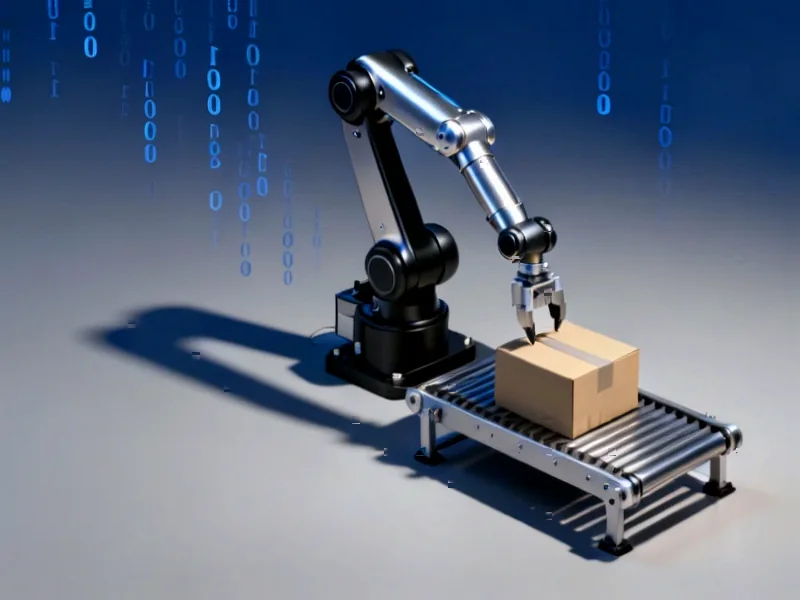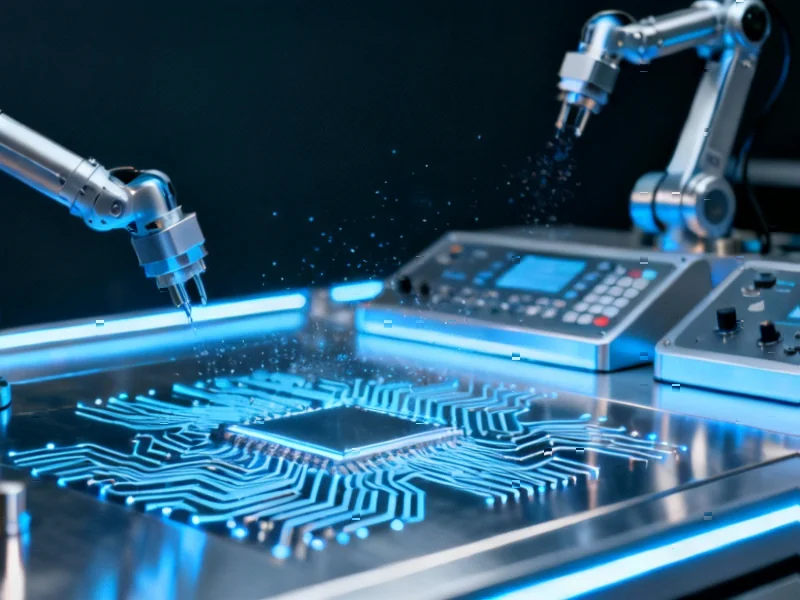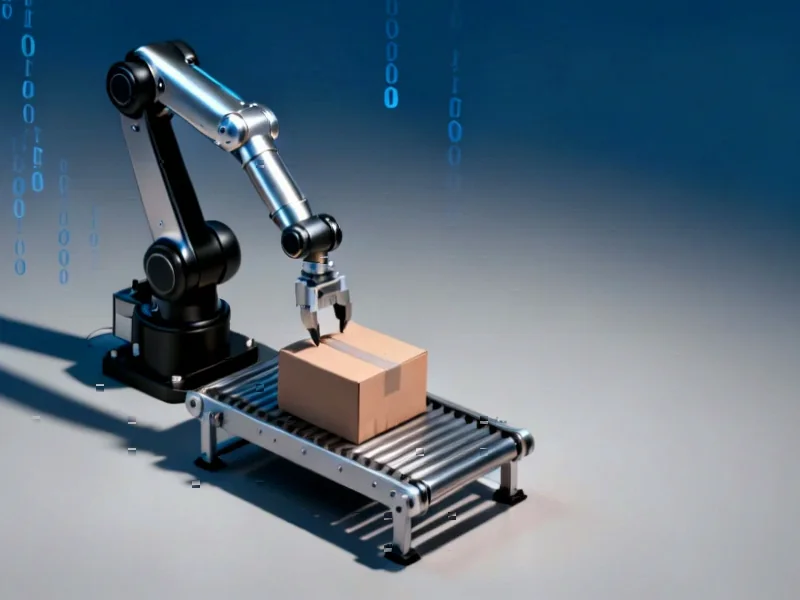The Automation Imperative: Amazon’s Workforce Transformation
Internal documents obtained by The New York Times reveal Amazon’s ambitious plan to automate significant portions of its operations, potentially affecting hiring plans for over 600,000 positions in the United States by 2033. While the company maintains these documents don’t represent its complete strategy, the leaked information provides unprecedented insight into how one of America’s largest employers is approaching workforce evolution in the age of advanced robotics.
Table of Contents
The Scale of Automation: By the Numbers
According to the internal projections, Amazon’s robotics team is working toward automating approximately 75% of its entire business operations. The transformation is expected to occur in phases, with the first significant workforce impact projected by 2027. During this initial phase, the company anticipates eliminating around 160,000 positions that would otherwise be created through natural business growth.
The financial implications are substantial, with estimated savings reaching $12.6 billion by 2027 alone. This translates to approximately 30 cents in savings per delivered item, representing a significant competitive advantage in the low-margin retail industry. As Amazon’s sales volume is expected to double by 2033, the efficiency gains from automation could become increasingly crucial to maintaining market leadership.
The Language of Automation: Strategic Communication
Amazon appears to be carefully managing the narrative around its automation initiatives. Internal communications reportedly encourage staff to avoid potentially alarming terms like “automation” and “artificial intelligence,” opting instead for more neutral language such as “advanced technology” and “cobots” – collaborative robots designed to work alongside human employees.
This linguistic strategy reflects the delicate balance companies must strike when implementing technological changes that could affect employment. By emphasizing collaboration between humans and machines rather than replacement, Amazon may be attempting to mitigate potential public relations challenges while continuing its technological transformation.
Industry Context: The Broader Automation Landscape
Amazon’s approach reflects broader trends in industrial automation across multiple sectors. The manufacturing, logistics, and retail industries have been steadily increasing their adoption of robotic systems to improve efficiency, reduce costs, and address challenges in labor availability. What makes Amazon’s case particularly noteworthy is the scale and speed of its proposed transformation.
Other major retailers and logistics companies have been implementing similar technologies, though typically at a more gradual pace. Amazon’s aggressive timeline highlights both its technological ambition and the competitive pressures driving innovation in the e-commerce sector.
Workforce Implications: Beyond Job Elimination
While the potential reduction in hiring is significant, the complete picture of Amazon’s workforce strategy likely includes several important dimensions:
- Reskilling initiatives: Amazon has previously committed substantial resources to workforce development programs, suggesting some displaced workers may transition to new roles
- Changing job requirements: As automation handles routine physical tasks, remaining positions may require different skill sets focused on managing, maintaining, and working alongside automated systems
- Geographic distribution: The impact may vary significantly across different fulfillment and distribution centers depending on local automation readiness
Corporate Response and Future Outlook
In its official response to The New York Times report, Amazon emphasized that the leaked documents don’t represent the company’s comprehensive strategy. This suggests that while automation is clearly a priority, the company may be pursuing a more nuanced approach that considers multiple factors beyond pure efficiency.
The coming years will likely see continued evolution in Amazon’s automation strategy as technology advances, regulatory environments develop, and workforce dynamics shift. What remains clear is that robotics and advanced technologies will play an increasingly central role in how one of the world’s largest companies operates and grows.
As this transformation unfolds, it will provide valuable insights into how major employers can navigate the complex intersection of technological progress, business needs, and workforce development in the 21st century economy.
Related Articles You May Find Interesting
- Unlocking the Secrets of 3D Genome Architecture Through Precision Cohesin Contro
- OpenAI’s AI Browser Launch Shakes Up Search and Browser Markets with Integrated
- New England Grid Operator Pioneers Major Renewable Energy Integration with Landm
- OpenAI’s ChatGPT Atlas Browser Redefines Web Interaction With AI Integration
- The Green Energy Reckoning: How New Accounting Rules Could Force Big Tech to Del
This article aggregates information from publicly available sources. All trademarks and copyrights belong to their respective owners.
Note: Featured image is for illustrative purposes only and does not represent any specific product, service, or entity mentioned in this article.



